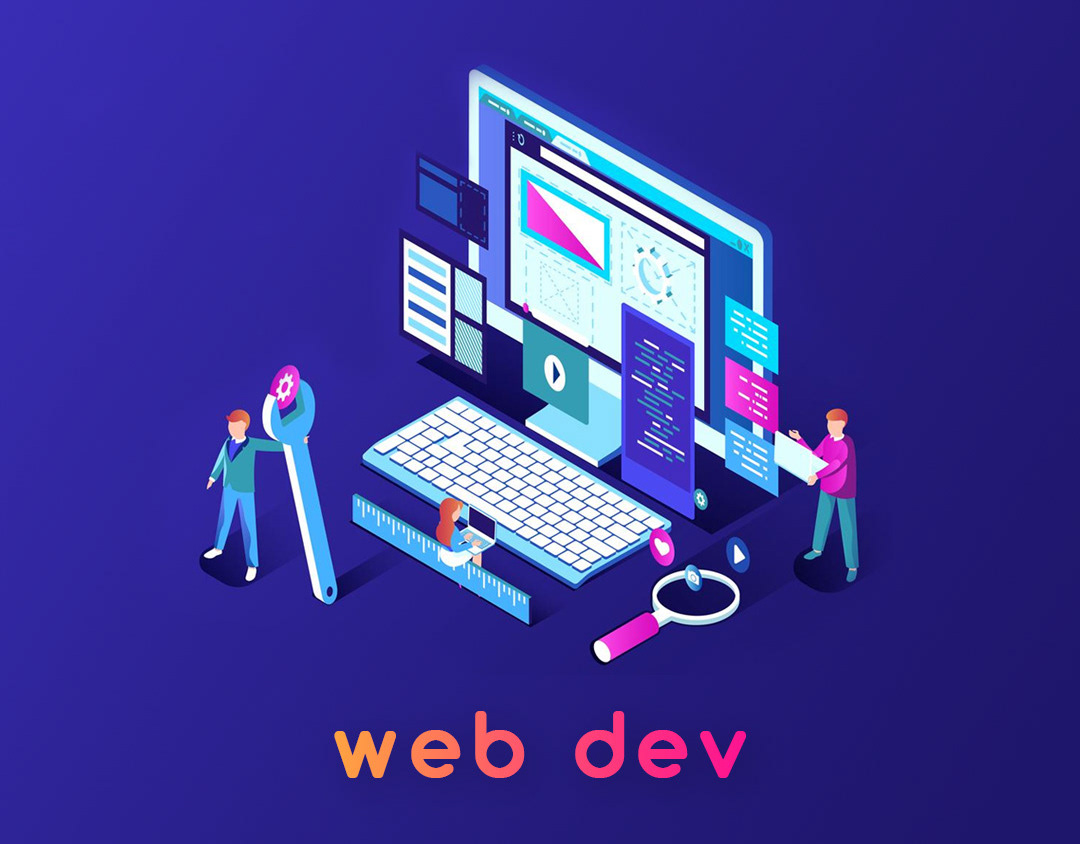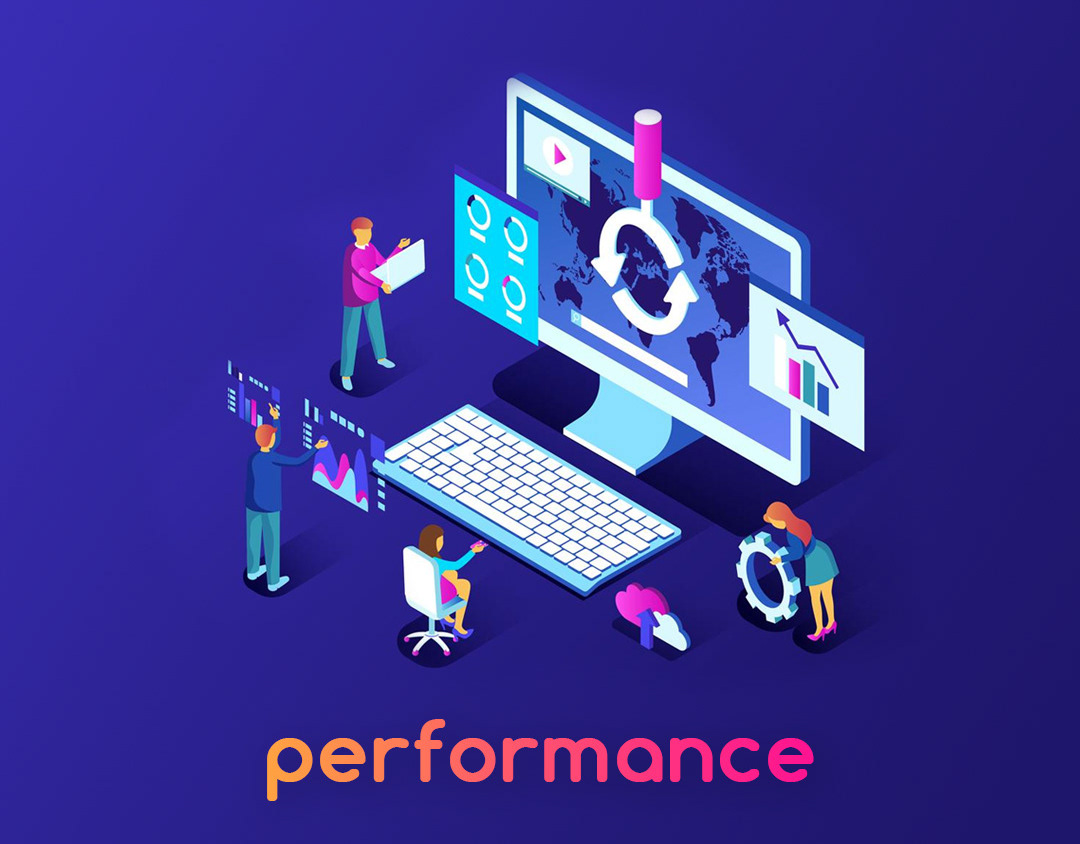Cybersecurity in Business: How to Protect Your Company in an Increasingly Vulnerable Digital World
Introduction: The invisible risk that can bring your business to a halt
We live in an era where virtually every business — regardless of size or industry — depends on digital systems, online platforms, networks, and data to operate, sell, serve customers, and grow. With that comes a new type of risk that’s becoming more dangerous every day: cyberattacks.
If you're a business owner who thinks, "my company is too small to be targeted," this article is for you. The truth is that over 43% of cyberattacks in Brazil target small and medium-sized businesses, according to Fortinet and Kaspersky’s 2024 reports. And the consequences can be devastating — from reputation loss to complete business shutdown.
In this article, you’ll learn:
☻ What cybersecurity is and why it should be on your strategic agenda
☻ The most common types of threats and attacks
☻ The real-world impact of a cyberattack on a business
☻ The risks of running an outdated WordPress site
☻ Why WAF (Web Application Firewall) is essential for active monitoring
☻ How to foster a security-first culture in your organization
☻ What cybersecurity is and why it should be on your strategic agenda
☻ The most common types of threats and attacks
☻ The real-world impact of a cyberattack on a business
☻ The risks of running an outdated WordPress site
☻ Why WAF (Web Application Firewall) is essential for active monitoring
☻ How to foster a security-first culture in your organization
Chapter 1 – What is cybersecurity?
Cybersecurity is the practice of protecting systems, networks, servers, devices, and data from malicious attacks, unauthorized access, breaches, or damage.
In a world where data is the new oil, protecting it means protecting your company’s most critical asset.
Your business likely handles:
☻ Customer data (names, emails, ID numbers)
☻ Financial and payment details
☻ Intellectual property (contracts, documents, formulas)
☻ Employee records
☻ Sales, inventory, and logistics systems
☻ Customer data (names, emails, ID numbers)
☻ Financial and payment details
☻ Intellectual property (contracts, documents, formulas)
☻ Employee records
☻ Sales, inventory, and logistics systems
If any of this is compromised, your operations, reputation, and business continuity are all at serious risk.
Chapter 2 – The most common types of cyber threats
Let’s take a look at the top cyberattacks affecting businesses of all sizes:
☻ Phishing – Fake emails that trick users into giving up credentials
☻ Ransomware – Hijacks your files and demands a ransom to release them
☻ SQL Injection – Exploits flaws in your web forms to access databases
☻ Brute Force Attacks – Automated attempts to guess system passwords
☻ Cross-Site Scripting (XSS) – Injects malicious scripts into your website
☻ Malware – Harmful software that steals, spies, or destroys data
☻ DDoS Attacks – Overloads your server with fake traffic until it crashes
☻ Ransomware – Hijacks your files and demands a ransom to release them
☻ SQL Injection – Exploits flaws in your web forms to access databases
☻ Brute Force Attacks – Automated attempts to guess system passwords
☻ Cross-Site Scripting (XSS) – Injects malicious scripts into your website
☻ Malware – Harmful software that steals, spies, or destroys data
☻ DDoS Attacks – Overloads your server with fake traffic until it crashes
Chapter 3 – The real cost of a cyberattack on your business
A cybersecurity incident can cause:
☻ Complete operational shutdown
☻ Loss or exposure of sensitive data
☻ Legal consequences and GDPR/LGPD fines
☻ Loss of customer trust
☻ Extortion through ransomware
☻ Damage to your brand’s reputation
☻ Lower search rankings on Google (due to security blacklists)
☻ Loss or exposure of sensitive data
☻ Legal consequences and GDPR/LGPD fines
☻ Loss of customer trust
☻ Extortion through ransomware
☻ Damage to your brand’s reputation
☻ Lower search rankings on Google (due to security blacklists)
IBM reports that the average cost of a data breach is $4.45 million, even for small businesses — once you factor in downtime, legal fees, lost revenue, and recovery.
Chapter 4 – WordPress as a cybersecurity example
Did you know that over 43% of all websites globally are built on WordPress? From small business sites to blogs, online stores, and landing pages — it’s everywhere.
Because of its popularity, WordPress is also one of the most targeted platforms for cyberattacks, especially when:
☻ The core system is outdated
☻ Plugins and themes haven’t been updated
☻ Two-factor authentication isn’t enabled
☻ No automated backups are set up
☻ Weak passwords are being used
☻ No firewall or WAF is protecting the site
☻ Plugins and themes haven’t been updated
☻ Two-factor authentication isn’t enabled
☻ No automated backups are set up
☻ Weak passwords are being used
☻ No firewall or WAF is protecting the site
Real-world scenarios:
☻ A small e-commerce site was taken down by ransomware after leaving a payment plugin outdated for 8 months.
☻ A consulting firm had sensitive data leaked due to vulnerabilities in a free theme.
☻ A consulting firm had sensitive data leaked due to vulnerabilities in a free theme.
The worst part? Most business owners only realize they’ve been hacked when Google flags their site as dangerous.
Chapter 5 – The role of preventive maintenance and updates
Keeping your WordPress site updated is not optional — it’s a critical cybersecurity requirement.
☻ Updates patch known vulnerabilities
☻ Plugin upgrades improve security and compatibility
☻ Regular backups ensure you can restore quickly after an incident
☻ Log monitoring helps detect suspicious behavior early
☻ Plugin upgrades improve security and compatibility
☻ Regular backups ensure you can restore quickly after an incident
☻ Log monitoring helps detect suspicious behavior early
Hiring a specialized team or service for WordPress maintenance is one of the smartest ways to prevent your website from becoming a backdoor into your digital infrastructure.
Chapter 6 – What is WAF and why you need it right now
WAF stands for Web Application Firewall. It acts as a protective layer between your site and its visitors — scanning and filtering all incoming traffic in real-time, blocking threats before they hit your server.
☻ Blocks attacks like SQL Injection, XSS, and DDoS
☻ Protects login and contact forms
☻ Detects and isolates malicious traffic
☻ Applies global threat intelligence-based rules
☻ Works 24/7 as a digital security guard
☻ Protects login and contact forms
☻ Detects and isolates malicious traffic
☻ Applies global threat intelligence-based rules
☻ Works 24/7 as a digital security guard
Platforms like Cloudflare, Sucuri, Wordfence, and StackPath are trusted providers of WAF for WordPress and other CMSs.
Benefits of using WAF:
☻ Blocks up to 95% of attack attempts
☻ Improves performance via CDN and caching
☻ Gives real-time visibility into threats
☻ Helps you comply with GDPR and LGPD regulations
☻ Improves performance via CDN and caching
☻ Gives real-time visibility into threats
☻ Helps you comply with GDPR and LGPD regulations
Chapter 7 – Cybersecurity is a culture, not just a tool
Tech solutions are essential, but they’re only part of the equation. A strong security culture must also be developed inside your organization — especially if you have a growing digital presence.
☻ Train your team on best practices for digital safety
☻ Enforce clear password, access, and backup policies
☻ Hire cybersecurity experts or partner with trusted providers
☻ Use two-factor authentication across critical platforms
☻ Monitor your digital assets regularly
☻ Enforce clear password, access, and backup policies
☻ Hire cybersecurity experts or partner with trusted providers
☻ Use two-factor authentication across critical platforms
☻ Monitor your digital assets regularly
Remember: a single uninformed employee can open the door to a devastating breach.
Chapter 8 – Practical steps you can take today
Even without an in-house IT department, there are easy and affordable actions you can implement right now:
☻ Install a WAF on your WordPress site
☻ Set up daily automated backups
☻ Update all plugins and the WordPress core
☻ Delete unused or abandoned themes and plugins
☻ Change weak or default passwords immediately
☻ Enable two-factor authentication for all admin users
☻ Avoid using admin privileges for everyday tasks
☻ Subscribe to security alert and uptime monitoring services (like UptimeRobot or VirusTotal)
☻ Set up daily automated backups
☻ Update all plugins and the WordPress core
☻ Delete unused or abandoned themes and plugins
☻ Change weak or default passwords immediately
☻ Enable two-factor authentication for all admin users
☻ Avoid using admin privileges for everyday tasks
☻ Subscribe to security alert and uptime monitoring services (like UptimeRobot or VirusTotal)
Conclusion: Digital security is as essential as your cash flow
You may have an excellent product or offer top-tier service, but if your digital environment is vulnerable, your business is at risk. Digital trust is now one of your most valuable assets — and it’s your responsibility to protect it.
Cybersecurity is not an expense. It’s a strategic investment to ensure the continuity, reputation, and growth of your business.
Call to Action
Do you want to secure your website, your brand, and your customer data using best practices in cybersecurity and WordPress protection?


















